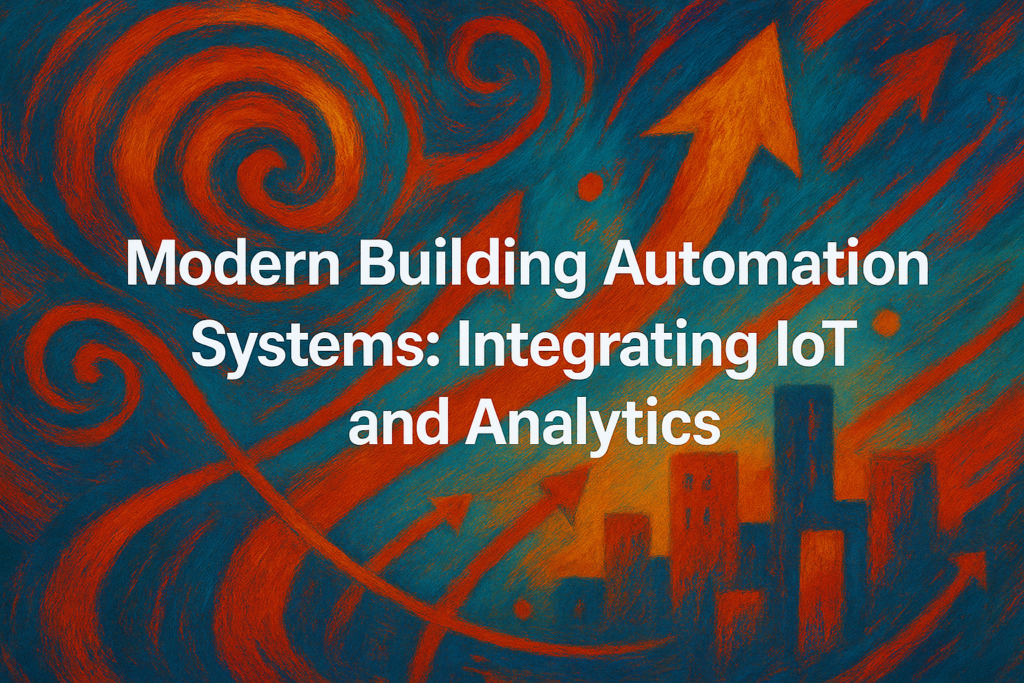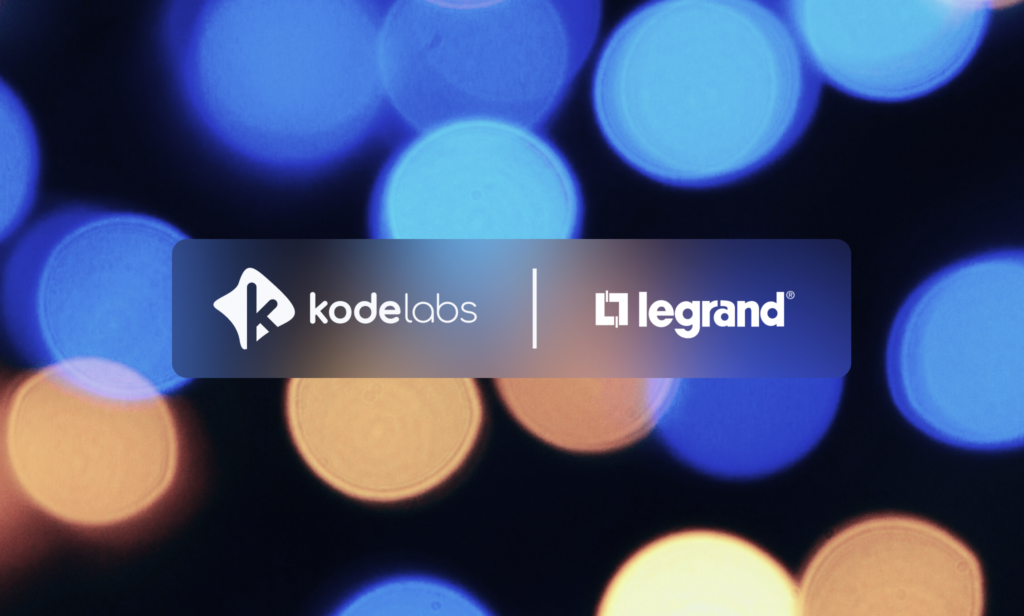
Foundation of Process Transparency: GitHub Repositories, Community Involvement, and the Linux Way
Introduction The Coalition for Smart Buildings (C4SB) has operated for four years, with many of its founders present today. Today, we are pleased to announce that C4SB officially










